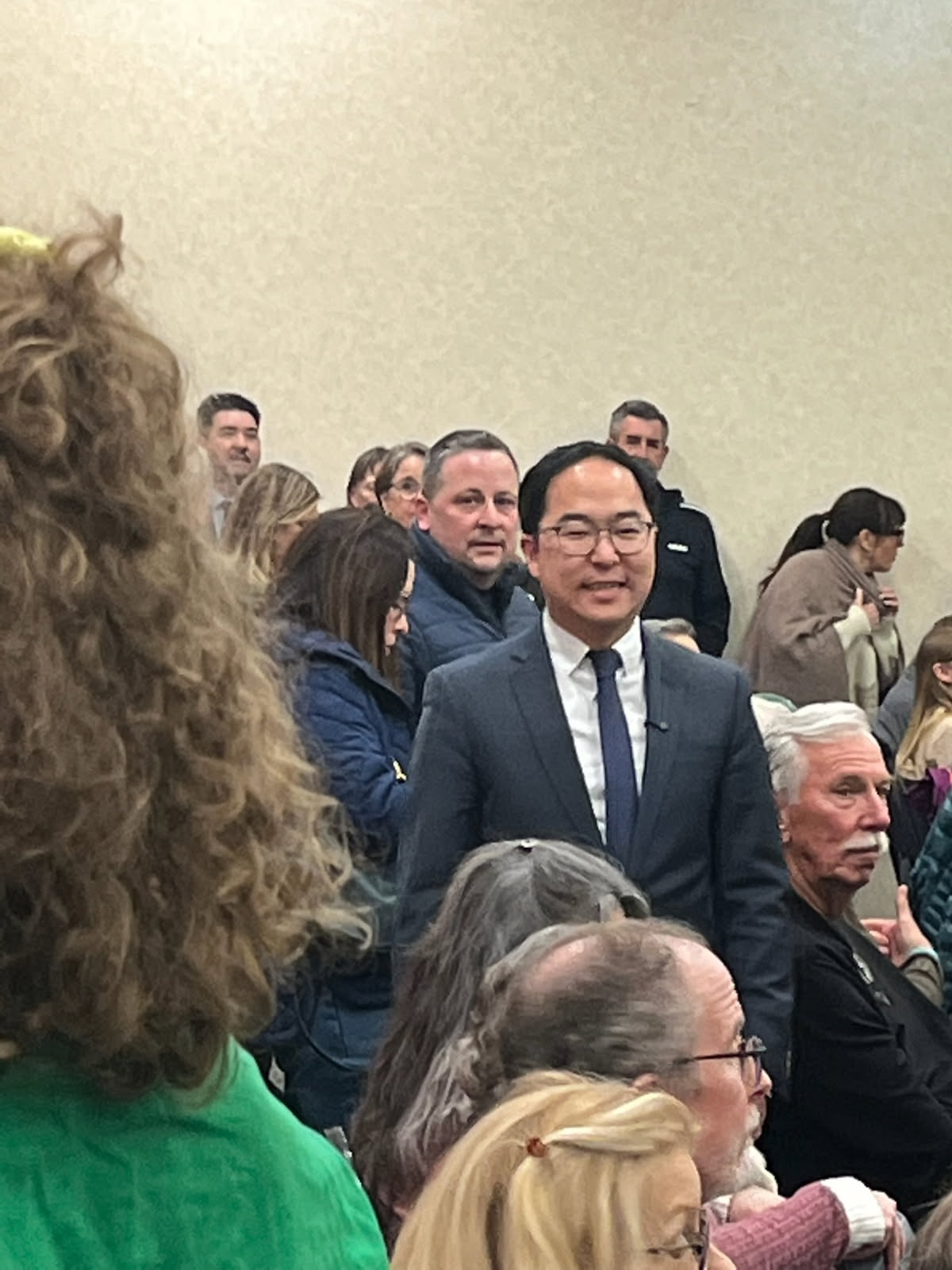Dispelling Misconceptions Surrounding “The Line” in New Jersey Politics – an Analysis by Jay Lassiter
In the world of New Jersey politics, there is a term that often confuses and mystifies outsiders: “The Line.” This concept refers to the practice of political parties endorsing specific candidates for office, usually through a county or state party organization. However, there are many misconceptions surrounding “The Line,” and it is essential to dispel these misunderstandings to gain a better understanding of how New Jersey politics truly operates.
To shed light on this topic, we turn to Jay Lassiter, a seasoned political commentator and analyst. Lassiter has closely observed New Jersey politics for years and has a deep understanding of the intricacies of “The Line” and its implications. Through his analysis, he aims to clarify the misconceptions surrounding this practice.
First and foremost, Lassiter emphasizes that “The Line” is not an official designation or endorsement by the state or county. It is merely a party organization’s recommendation or preference for a particular candidate. This distinction is crucial because it highlights that voters are not bound to support candidates endorsed by “The Line.” Instead, it serves as a guide for party members and voters who may be unfamiliar with the candidates.
One common misconception is that being on “The Line” guarantees victory in an election. Lassiter argues that this is far from the truth. While being on “The Line” can provide candidates with a certain level of visibility and support from party leaders, it does not guarantee success. Ultimately, voters have the final say, and they may choose to support candidates who are not endorsed by “The Line” based on their own assessments of the candidates’ qualifications and platforms.
Another misconception is that “The Line” reflects the will of the people. Lassiter asserts that this is not always the case. In some instances, party leaders may endorse candidates who align with their own interests or political agendas, rather than those of the broader electorate. This can lead to a disconnect between the party establishment and the desires of the voters. Therefore, it is essential for voters to research and evaluate candidates independently, rather than relying solely on “The Line” as an indicator of their suitability for office.
Furthermore, Lassiter highlights that “The Line” can sometimes discourage new and independent voices from entering the political arena. Candidates who are not endorsed by the party organization may face significant challenges in fundraising and gaining visibility, making it harder for them to compete effectively. This can limit the diversity of ideas and perspectives within the political landscape, ultimately hindering the democratic process.
In conclusion, “The Line” in New Jersey politics is a practice that often generates confusion and misconceptions. Jay Lassiter’s analysis helps dispel these misunderstandings by clarifying that “The Line” is not an official endorsement, does not guarantee victory, and does not always reflect the will of the people. It is crucial for voters to approach elections with an open mind, conduct independent research on candidates, and evaluate them based on their qualifications and platforms rather than relying solely on party endorsements. By doing so, New Jersey voters can ensure a more informed and democratic political landscape.




